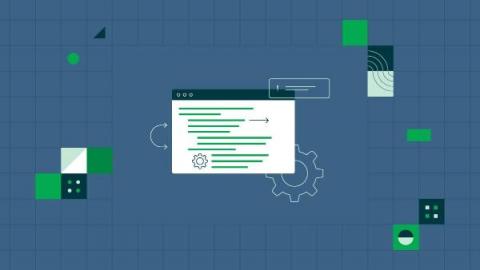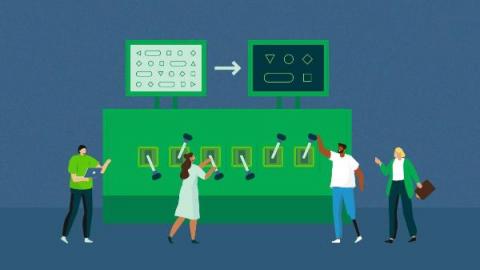API mock testing with Nock
For the latest full-stack applications to work, a backend service is required. That is especially true when the frontend service depends on the backend service to render data. In many cases, it can be difficult to replicate the setup of the backend services so that you can test the application. This tutorial will show you how to mock HTTP requests from an API so that you can test endpoints without actually calling them in your tests.











